Eptesicus fuscus
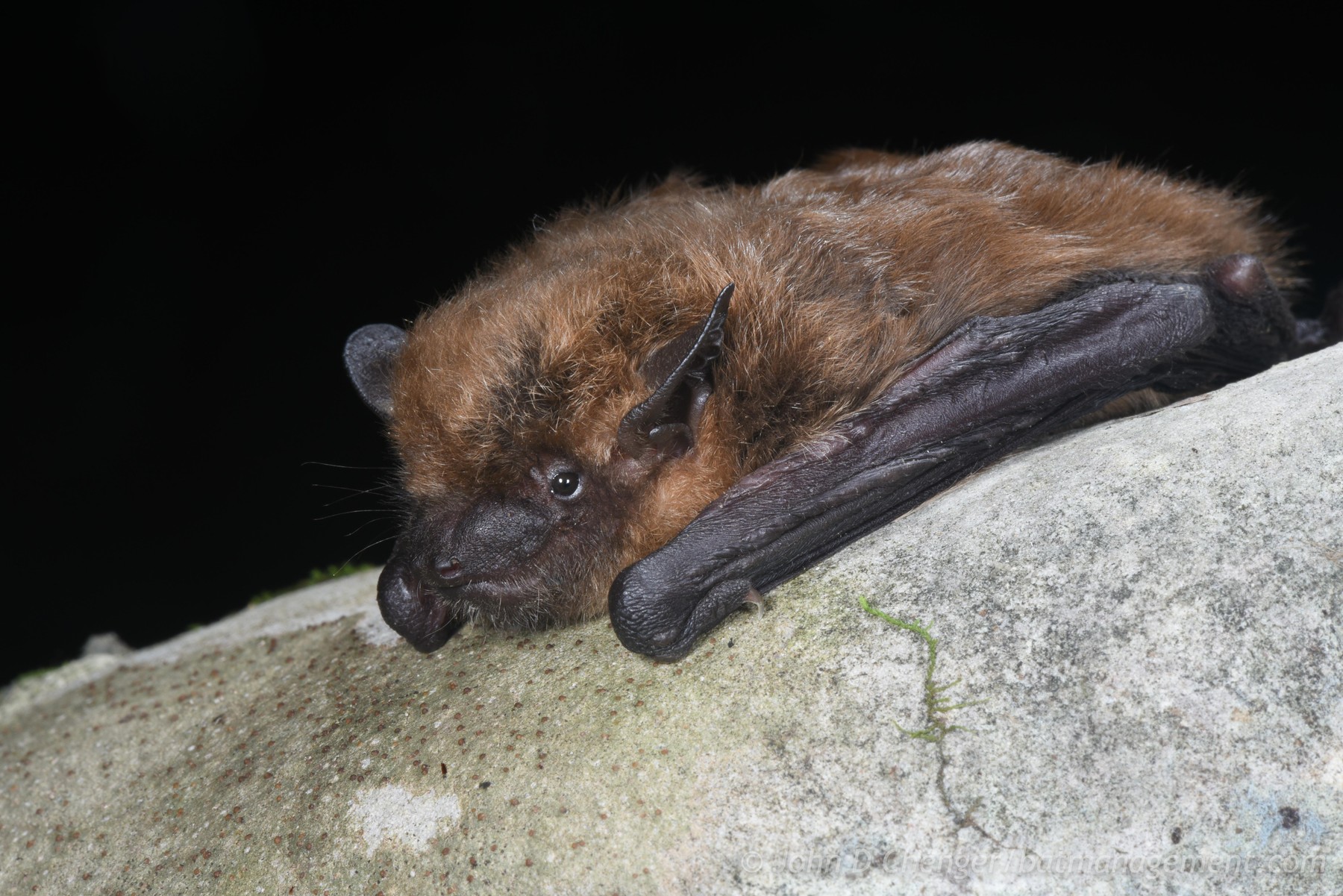
The big brown bat is one of the most abundant bat species in North America. It is most common in woodlands, especially in suburban areas near croplands, where its prodigious appetite for insect pests make it a valuable friend of farmers and foresters.
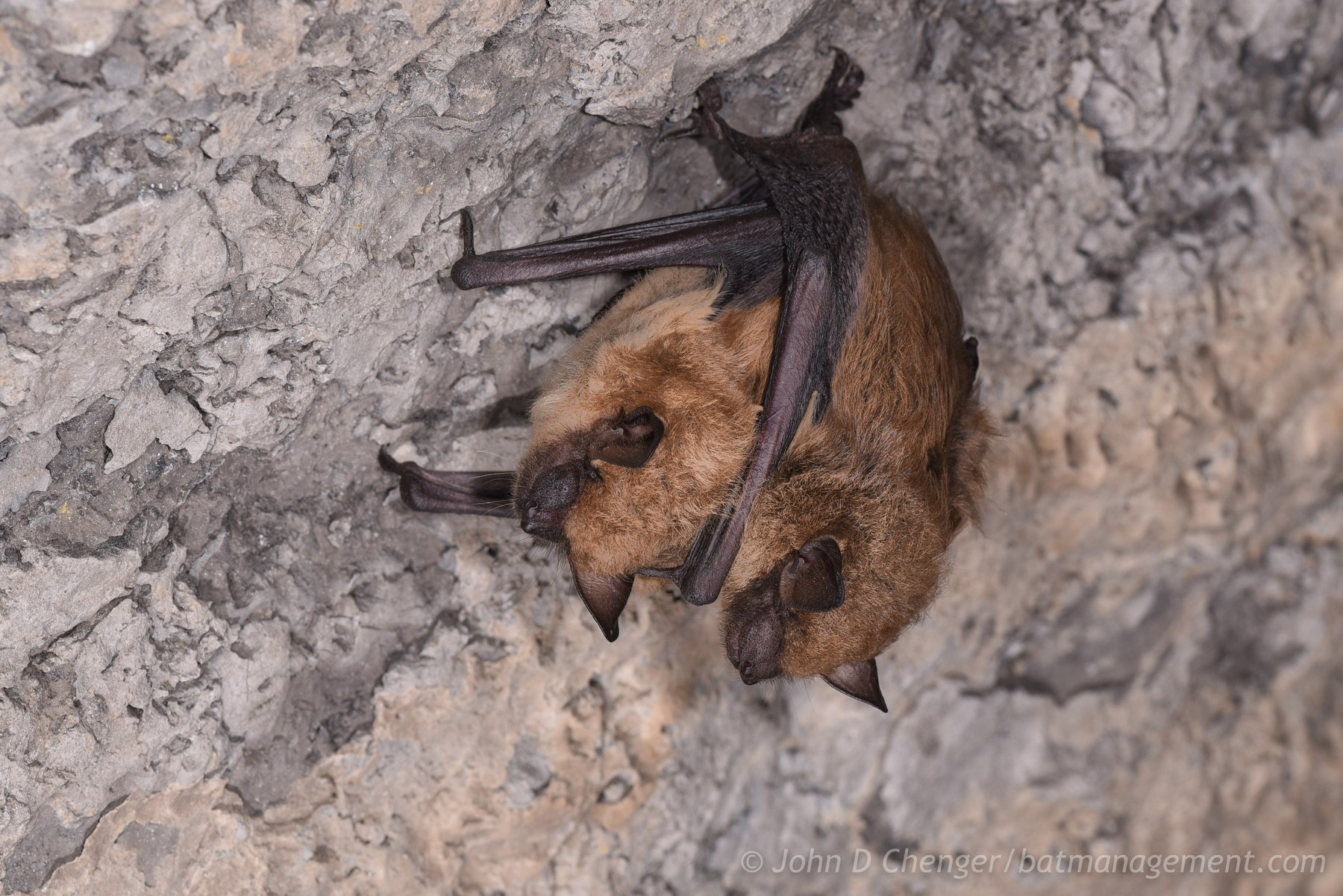
The big brown bat is one of the heartiest bats and is last to enter hibernation in the fall and first to emerge in the spring. It hibernates at extremely cold temperatures, at or just below freezing and can often be found near cave entrances and/or completely encased in ice.
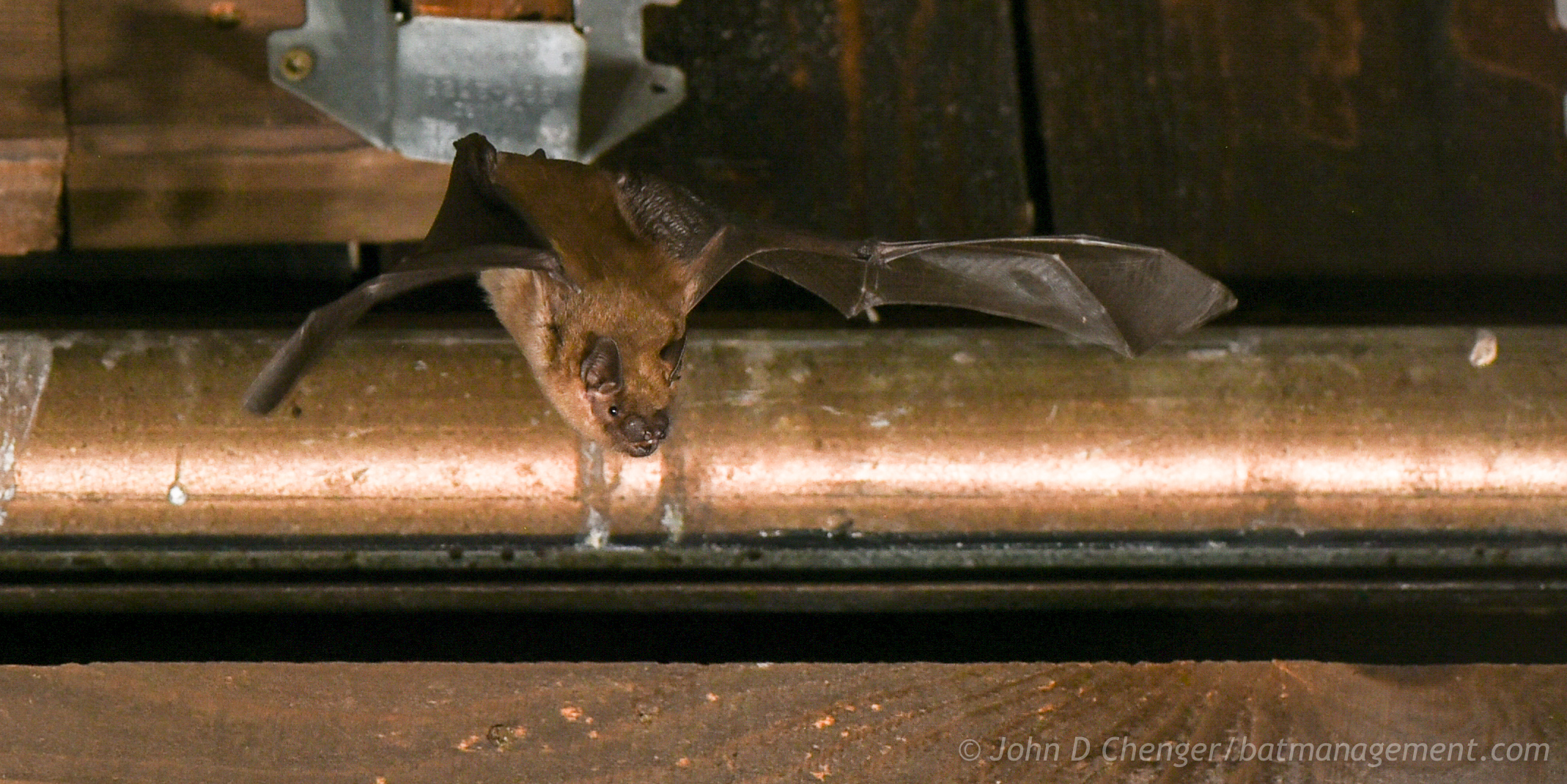
As big brown bats are forced out of traditional forest habitats due to encroaching human populations, logging, and habitat modification, they often move into buildings and other man-made structures. This makes them perfect candidates for bat houses.
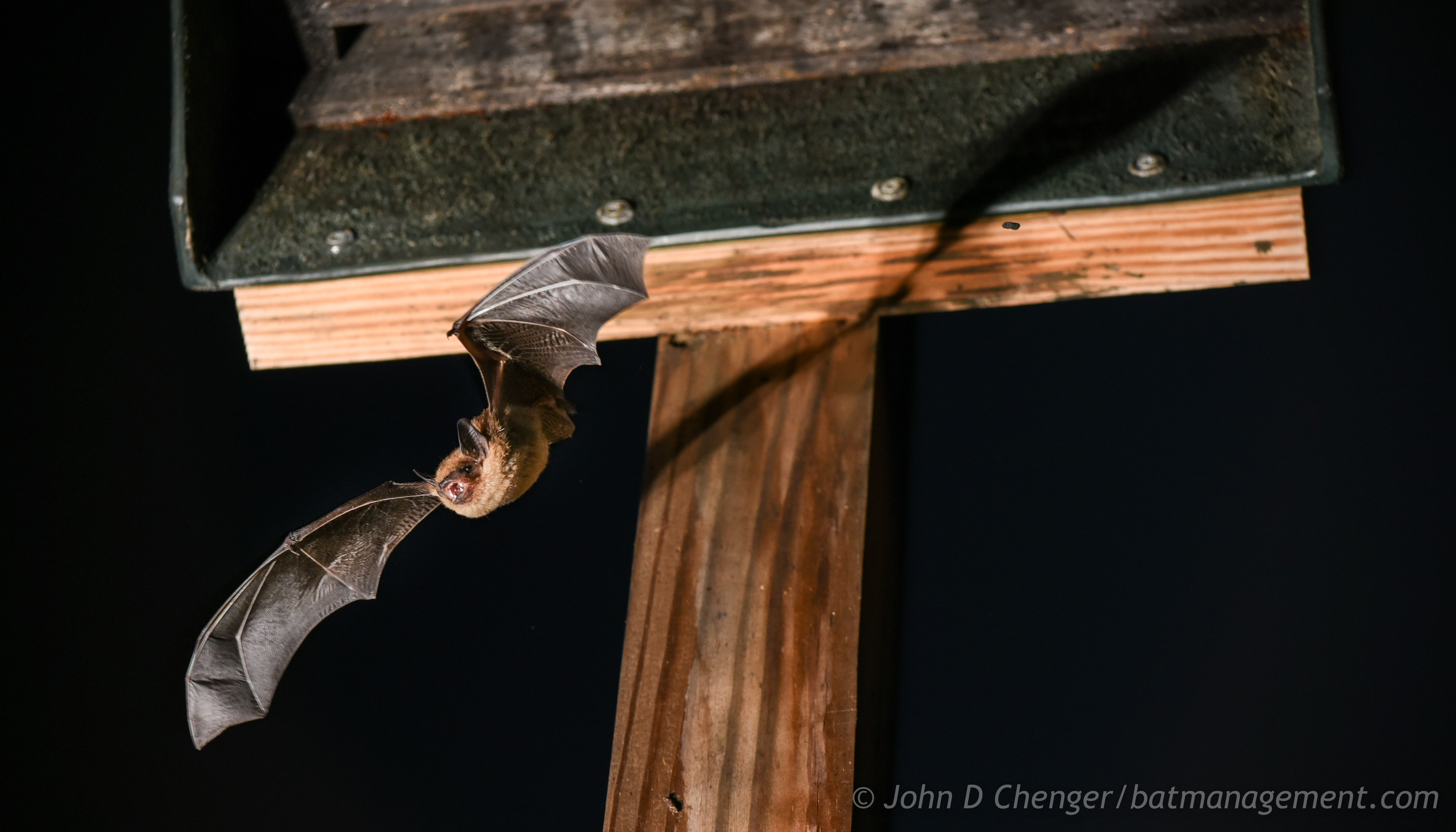
As a larger species, big brown bats prefer 1'' to 1-1/4” crevices. Sometimes over-heating can be problem in mid-summer, and bats may relocate to cooler roosts, such as a cooler bat house nearby. But, big brown bats are very loyal to their summer roosts and will return year after year.
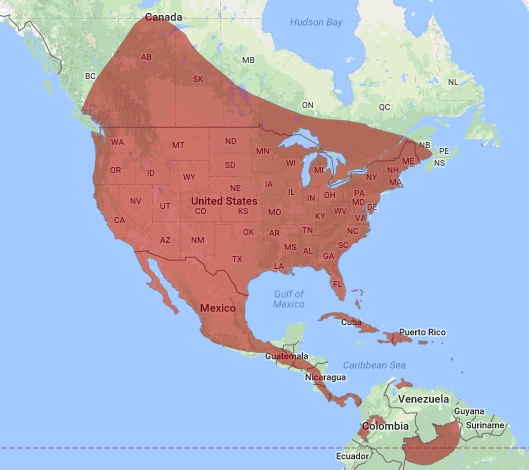
Big brown bats are found throughout North America from Central Canada south to Mexico and Central America.
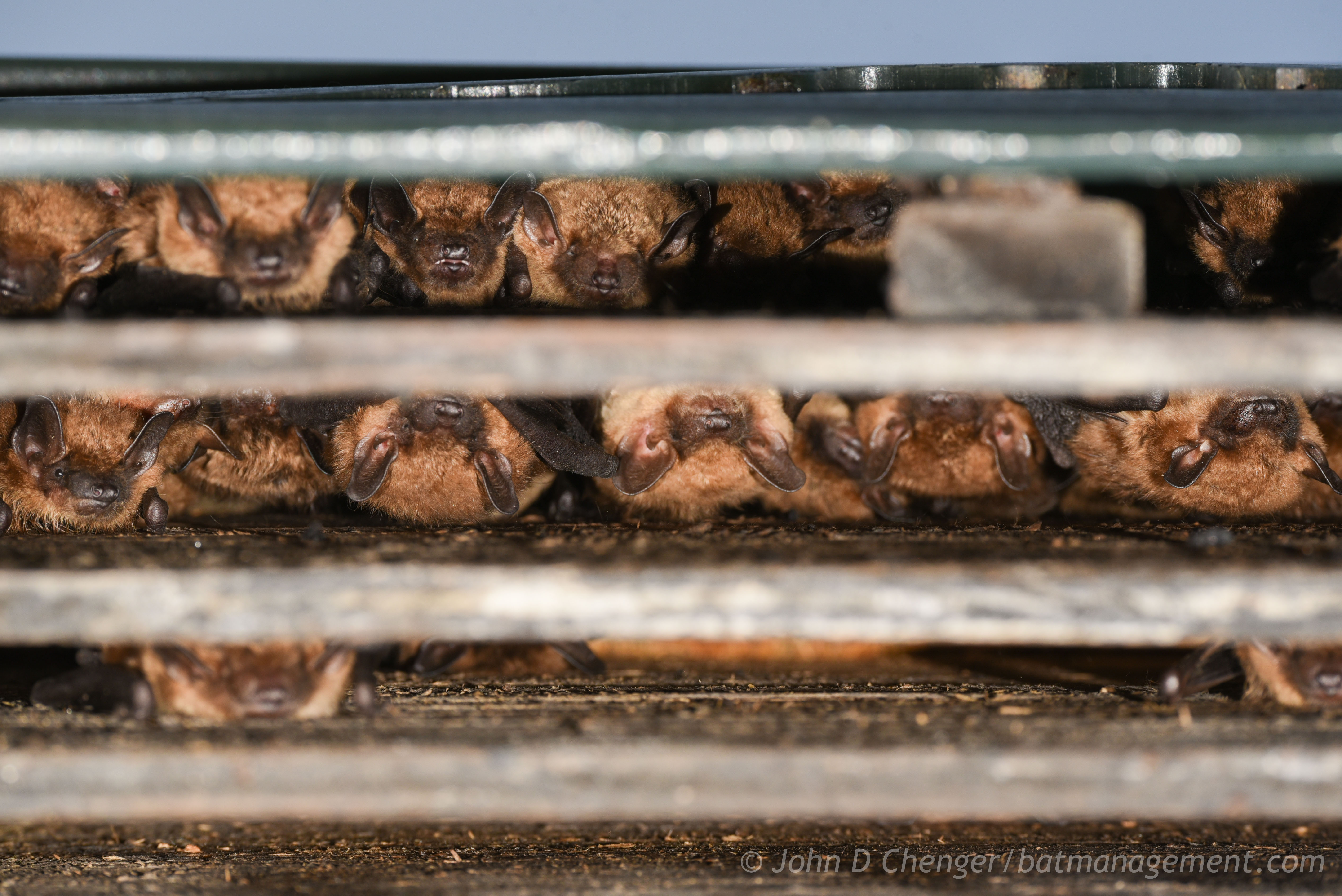
Big brown bats are commonly found in bat houses such as this green ColonyLodge from Bat Conservation and Management.
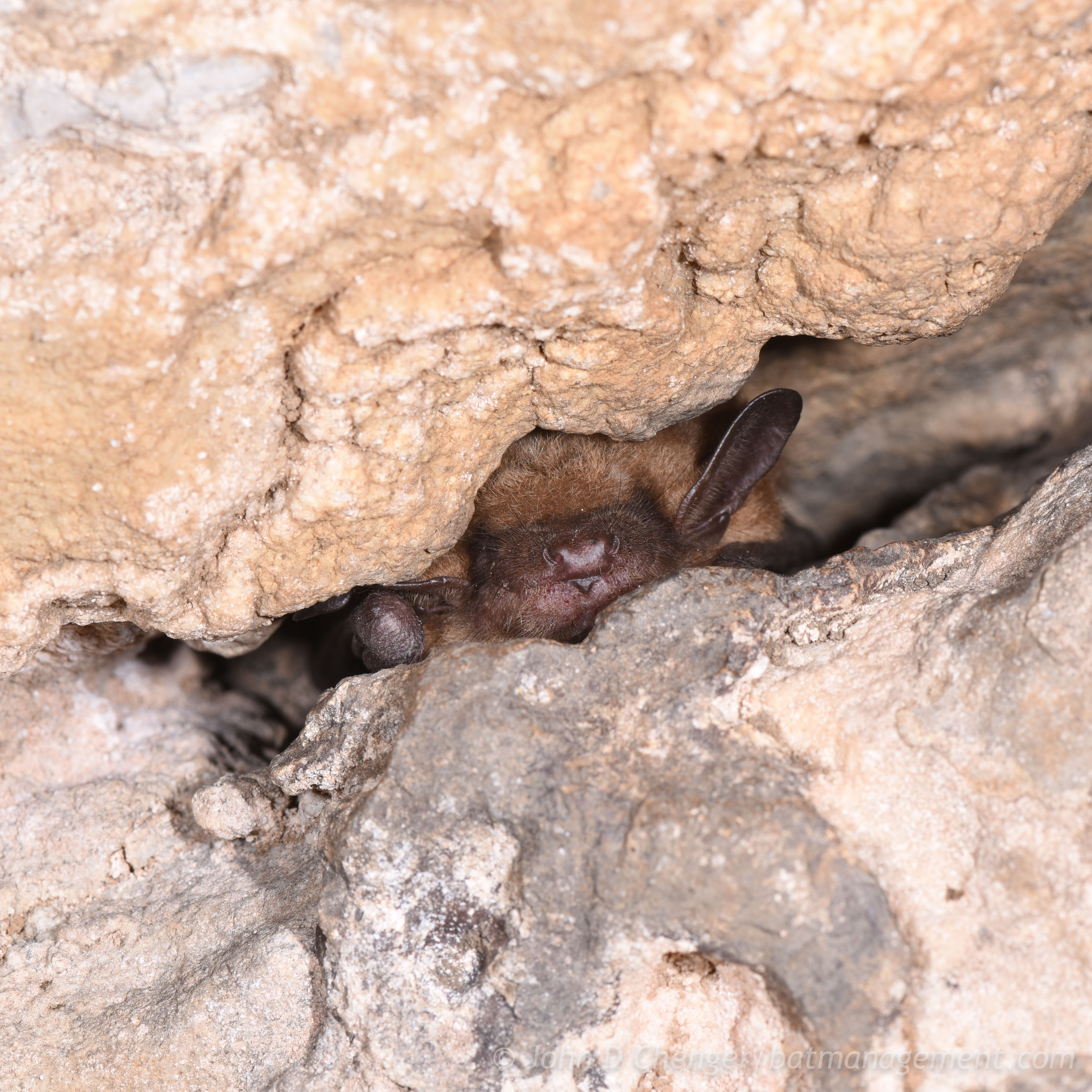
Big brown bats hibernate in caves, abandoned mines, and certain buildings that simulate a cave environment.
